Watching your pup play with another pup is a proud parent moment. The first place to learn about compatible playmates is at puppy kindergarten. When you take your puppy to a safe place like that, you learn about what is aggressive play and what is just playful roughhousing. This is very important for when you take your pup out to the dog park or in real life experiences because then you know how to react when it’s happening. Once he felt comfortable playing in settings like kindergarten (took a few weeks for him to settle in completely) he started playing with lots of puppies both his size and a little smaller. It was apparent who was a good fit for him because he didn’t want to stop playing around. His tail would be wagging, and they would take breaks when they needed to. Many parents get nervous when dogs are vocal (barking, whining, making sounds) while they are playing and the majority of the time this is nothing to worry about. Pax does not bark unless he’s amped up or a little frustrated! It is also important to interact with the owner. If an owner is not paying attention to their dog or doesn’t seem to care what their dog does really and that is opposite of you the match might not be as good as you’d hope. Dogs take after their owner’s personality, demeanor, and emotions so if you are a chill, go with the flow, and patient owner your dog will respond very much in those ways as well. Puppies play great together especially if they are of similar age. It is fascinating to watch nonverbal communication between two dogs because they instantly know if they want to play together or not. Puppies can smell each other out from a mile away! They play almost the same and can typically be a great match as older dogs may be annoyed with the puppy energy and playfulness. However, older and more prominent dogs may also be compatible matches for your dog. Just notice how they interact, is the bigger dog laying on it’s back letting your pup jump all over him? Is the other dog wagging its tail and posing in a down dog fashion? Those movements are signs that the dog wants to play and does not view the other dog as a threat.


